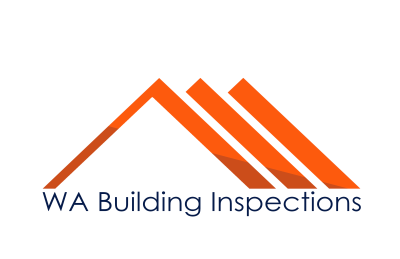Hi, I’m Russell McCarthy from WA Building Inspections Perth. Today, I want to discuss a critical aspect of brick construction: weep holes. Their purpose, maintenance, and common misconceptions surrounding their compliance are frequently misunderstood, often leading to unnecessary and costly recommendations from some uninformed building inspectors like the one in the video above. I will also share insights from a reaction video of a Plate Height Inspection, also known as the Brick Stage Inspection, where I address these issues, providing clarity and expert advice on the matter.
Purpose and Importance of Weep Holes
Why Weep Holes Are Necessary
Weep holes are integral to the health of brick constructions. They allow moisture to escape and promote air circulation within the wall cavity, preventing water accumulation that can lead to structural damage or mould growth.
Reaction to a Misleading Inspection Report
Addressing the Misconceptions
In a reaction video above, I respond to an inspection report from another building inspection company. The inspector incorrectly identified the concreting as defective because it supposedly covered the weep holes on one side, while declaring the other side compliant.
Clarifying Compliance and Construction Standards
In my response, I clarify, “First of all, it’s not the concrete that would have the compliance issue. It would come down to the brick layer when you built the house and he’s either going to construct it under the Australian standards 4773.1 or 4773.2 or under 3700 and the weep holes have got to do with the inspection zone.“
The Importance of Correct Identification
The misunderstanding of the role of concrete in relation to weep holes highlights a common problem in building inspections. I point out that, “The weep holes are exposed and can be seen in the photo. What do you call that little gap?” This indicates a gap in understanding that could lead to incorrect assessments and unnecessary and very costly actions. When defects related to AS 4773 are not met, this can mean a new build can be in shambles, like this recent Building Inspection in Butler.
Insights from the Reaction Video
Highlighting Inspector Errors
The video reveals that the initial inspector failed to notice a genuine compliance issue unrelated to the weep holes. This oversight underscores the necessity of thorough training and knowledge in the field: “What I find interesting about this particular inspector, he’s failed to notice an actual non-compliant issue with that concrete.”
Advocating for Reasonable Solutions
I also discuss the impracticality of the recommended solution—demolition. “Even if that was non-compliant and it were covering the weep holes and it were on the concreter to have done it correctly, you don’t have to demolish it to make that compliant.”
Maintaining Weep Holes
How to Clean and Inspect Weep Holes
Regular maintenance is crucial. I recommend using simple tools like a wire brush or a specialised weep hole cleaning tool to keep these openings clear of obstructions of bugs, dirt and anything else.
Corrective Measures Without Demolition
For covered weep holes, solutions do not have to be drastic. Minor modifications can often restore their functionality without the need for extensive reconstruction. If an inspector recommends major remendation, always get a second and third opinion from reputable building inspection companies in Perth.
My Final Say
As a building and pest inspector, my role extends beyond simple checks. It involves educating property owners and other inspectors about the nuances of building standards(masonry standards, in this case) to prevent misdiagnoses and unnecessary repairs. This video and article aim to promote better understanding and practices regarding weep holes and overall building health.
FAQs About Weep Holes in Brick Walls
-
Do You Need Weep Holes in Brick?
- Absolutely, they are essential for preventing moisture damage and ensuring the structural integrity of brick constructions.
-
How Can You Identify Blocked Weep Holes?
- Look for signs of moisture issues or visible blockages at the base of the exterior brick wall.
-
What Should Be Done If Weep Holes Are Covered After Construction?
- It’s possible to retrofit weep holes or make adjustments to ensure they perform their intended function.
-
How Often Should Weep Holes Be Cleaned?
- Cleaning should be performed annually or as needed to ensure they remain unblocked.
-
Can Weep Hole Covers Be Used Safely?
- Yes, covers designed to allow air and moisture to flow freely can be used to prevent pest entry while maintaining the functionality of weep holes.


